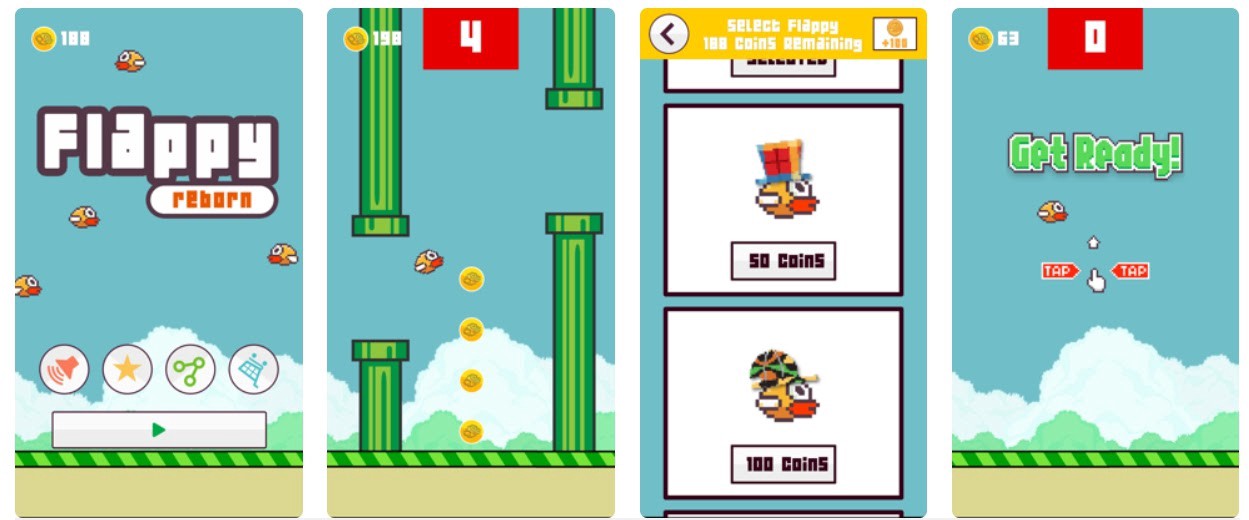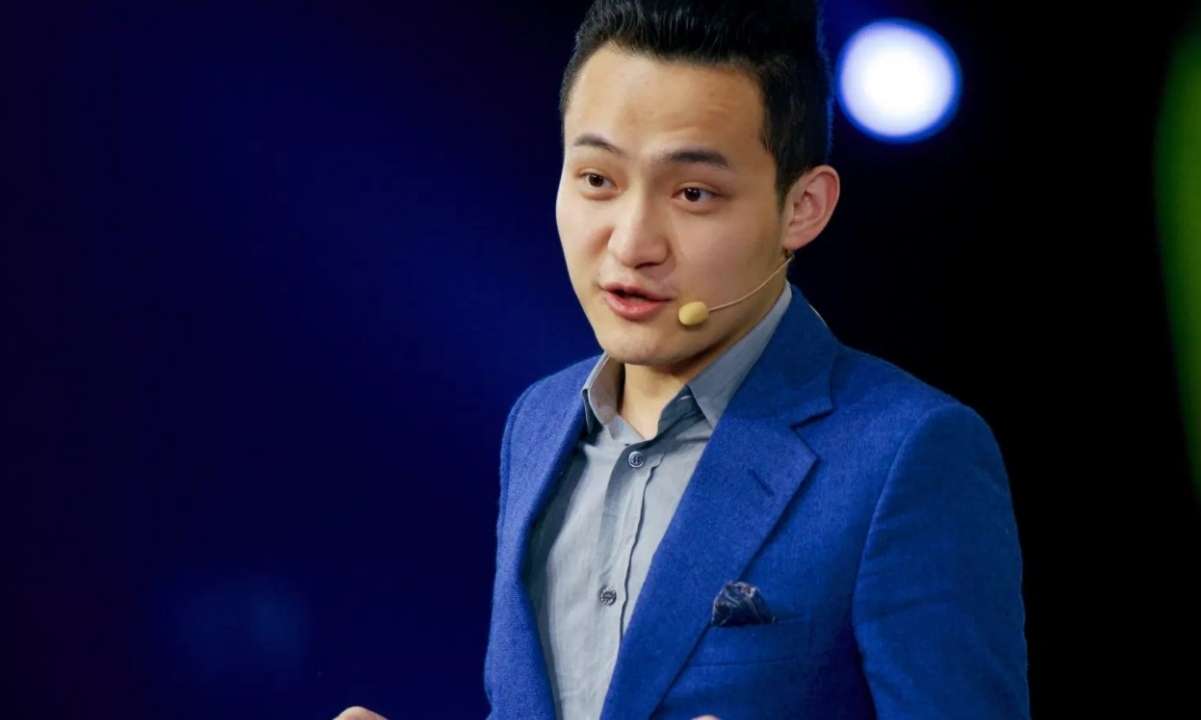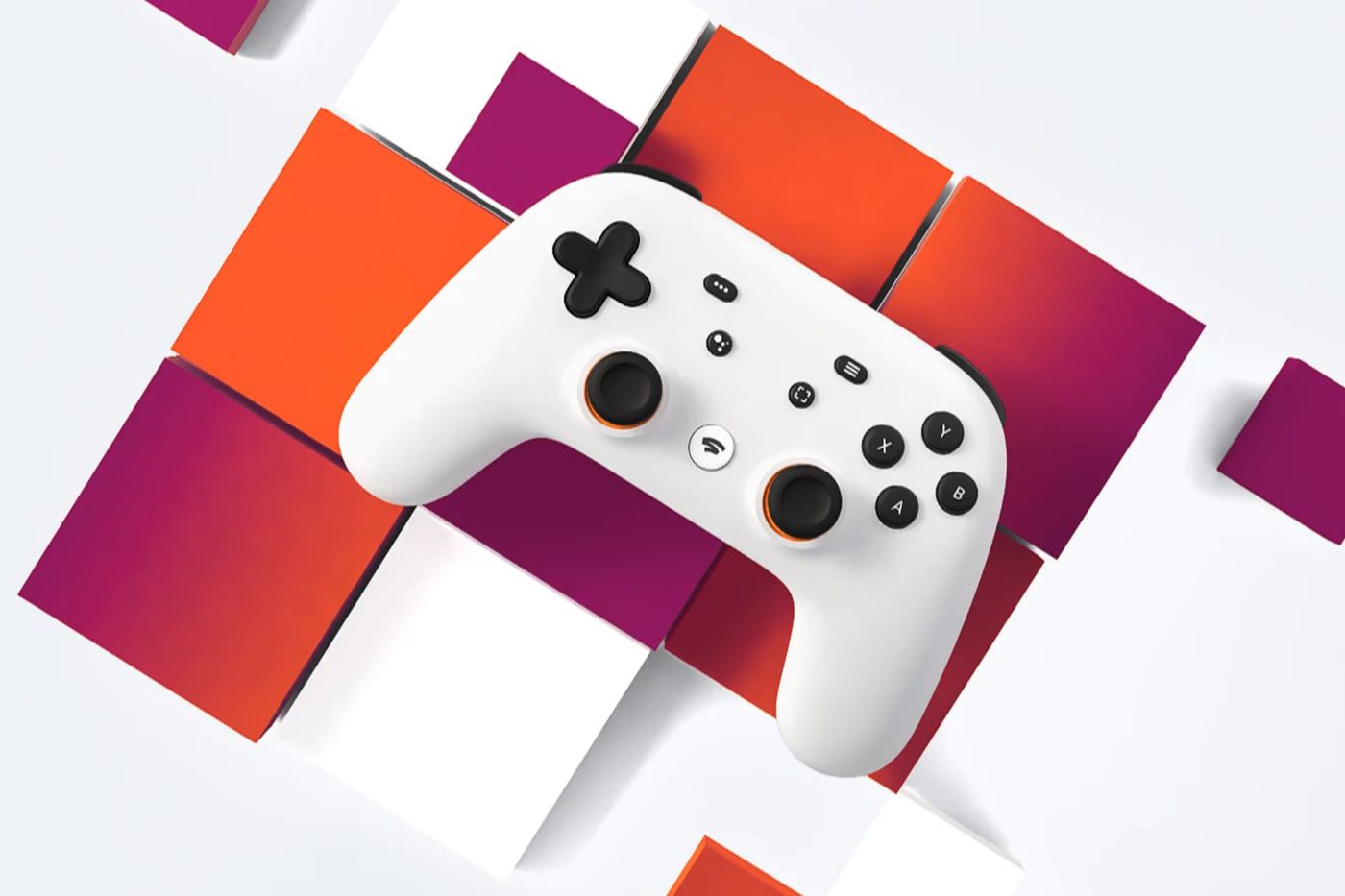The Future Of Hyper-Casual Gaming
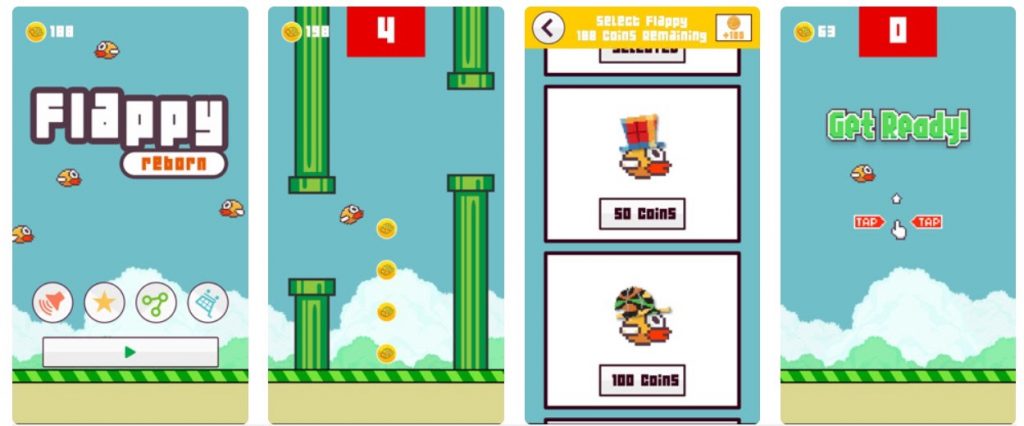
The Hyper-casual market experienced tremendous growth since 2018 but is now stabilizing. While the market is still dominated by Western studios, several high-quality titles are coming from Chinese publishers, and we can expect more Chinese publishers to enter the international market. In terms of future games, Chinese developers are considered industry benchmarks because they have significant experience with the genre. Simple as it may be, they are the driving force behind the hyper-casual genre. If the growth of hardcore games slows, top Chinese developers are likely to turn their attention to medium-core hyper-casual games to generate growth.
As more and more development teams come onto the market, more and more apps get lost in the noise. In return, companies are starting to rethink their advertising strategy, which carries its own risks. Hyper-casual games do not require additional modes, backgrounds, stories, or bonus activities, which shortens development time. As a result, cost reductions reduce the price of entering the market.
In all likelihood, the business side will adopt a best-of-both-worlds approach. Deeper games will be harder to develop, and studios will still have to turn them into flat meta-games to find those that go viral without investing many resources.

Here we get to see Hyper Casual Games in their alternative way in dealing with big gaming publishers. The concept is not to publish a game, but to have a huge user base that feeds a game and gives it a short life. The idea is to give the game a very short lifespan so that users can move on to the next game in the company’s portfolio, creating a snowball effect.
It is even more poetic and fitting when you consider its simplicity, coupled with the scalability of hyperCasual Games. Because people are so busy, the immediate conclusion is that Hyper Casual Games will be the future of mobile game development. In hyperCasual Gaming, all revenue is generated by advertising.
I define a hypercasual game as a game that relies on ad monetization for 95% of its revenue. To generate profits, advertising networks offer off-the-shelf affiliate programs that pay players nothing. A good game combines the display experience with the mechanics to create a fast, simple game that appeals to a wide audience of players. A “hypercasual” game is freely playable, where you pay for your time and eyeballs, see ads you never request, and are forced to restrict gameplay because you can’t buy currency or speed up the timer.

HyperCasual Games can appeal to exactly the same user behavior as any other social media platform and bind users year after year if they are lucky enough to do so every week. In addition, the love of games with hypercasual success is based on ad-effective optimization, target group orientation, and cross-promotion. Hypercasual cracking the marketability of the game is 10x better than any other genre, and I think its average cost per installation of $0.20 compared to the global average of $2.37 does a phenomenal job of attracting a huge user base.
It is our job as a publisher to develop the best video assets to promote the developer app. Once we start targeting the right users, we offer the developer the opportunity to acquire the right users, which allows the developer not only to work on his game but also to analyze user behavior, so that we can guarantee that we will not acquire users who are not suitable for the app. It is also a good idea to focus on Ultracasual because it is easier to get a lower CPI and it takes less time. It should not be forgotten that the gaming audience’s goldmine remains the same, but we are coming up against an issue where technology is reaching its limits and is unable to convince players to turn off their mobile devices. This trend will continue as the genre also attracts non-gamers and adds depth to them.
On average, it takes 75 days after release for Ultracasual Games to reach the top 5 games on the App Store. With a solid presence in the charts, these games have amassed hit titles and created their own sub-genre.
Hypercasual is an amazing genre for many creators of mobile games. The simplicity of the titles and the audience is both shocking and inspiring.
The mobile games market is growing faster than ever, and the mobile games market in 2012 was more than twice the size of the console and PC segment. It generated revenue of $86.3 billion this year. HyperCasual Gaming has experienced incredible growth over the last two years, reaching the top download positions worldwide.
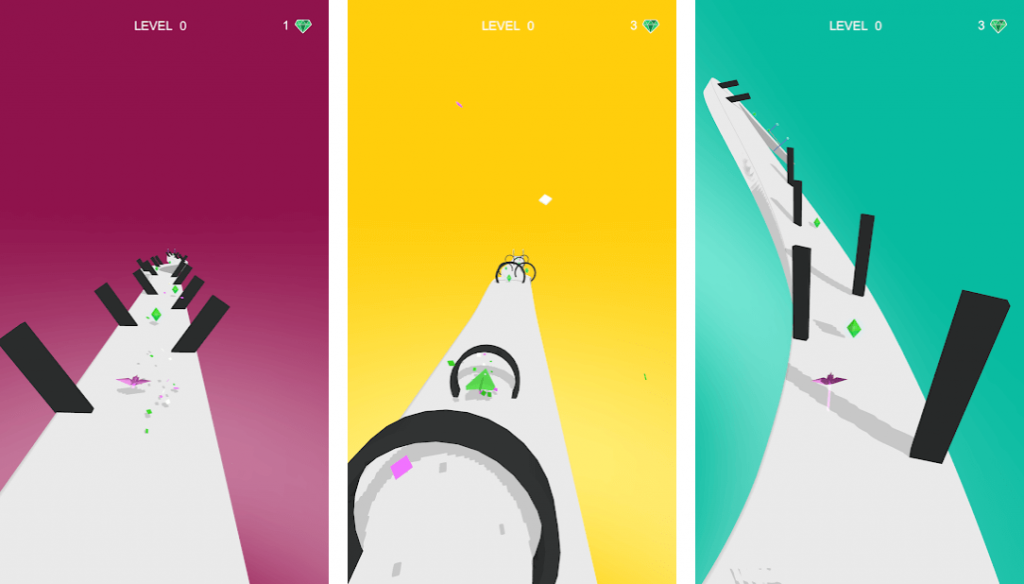
Let’s take a quick look at the rise of hyper-casual games, how they have evolved over the years, and where they will go in the near future. In 2014, the mobile games industry was rocked by a little-named developer, Super Simple Games. The company released Super Simple Game in May 2013, and although it didn’t go viral until early 2014, it spread like wildfire, making $50,000 a day from in-app advertising at its peak, the company said. Developers and publishers began to realize the enormous market potential of ultra-simple, easy-to-use games launched in the mobile gaming industry.
In fact, it is not the gameplay itself that determines the success of hyperCasual Games today, but the acquisition strategy and plans. This was the case with the hit Battle Ball from Giant Networks. During the game, users could win real prizes, including sneakers. Five years after the game’s release, this strategy allowed the game to remain at the top of the charts. Other publishers changed the gameplay and started experimenting with adding features, prizes, and competitions.

